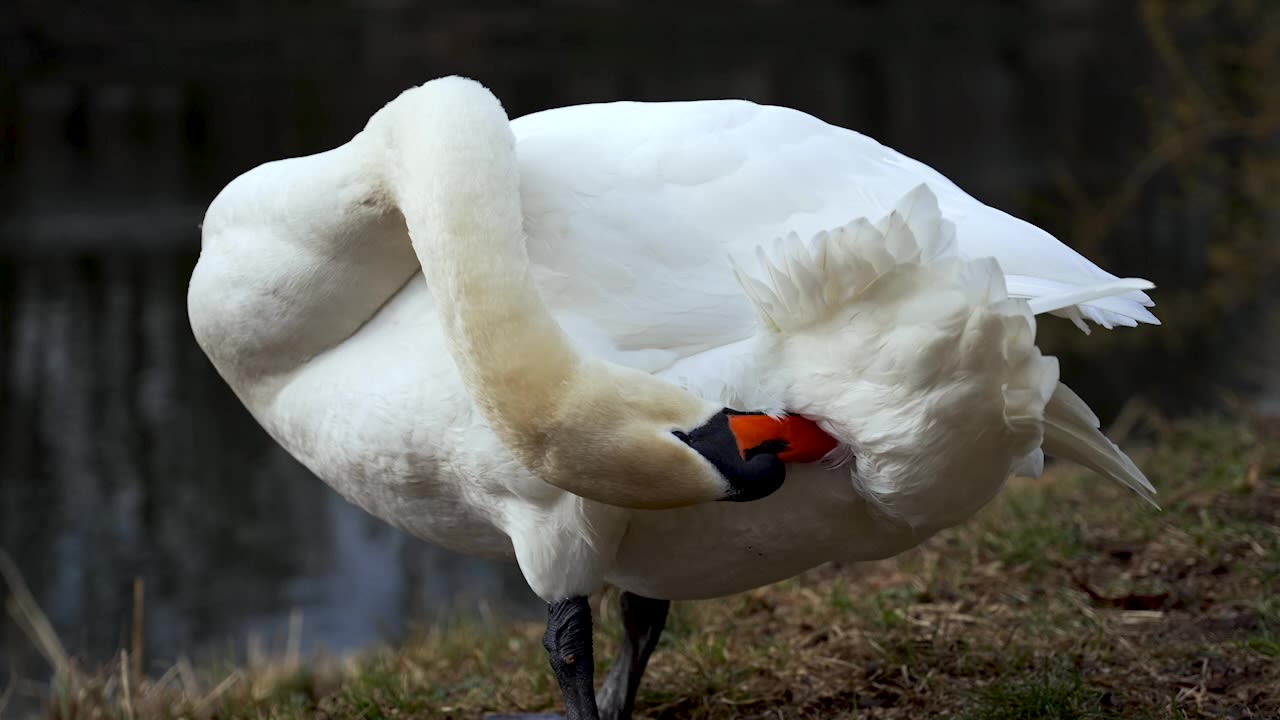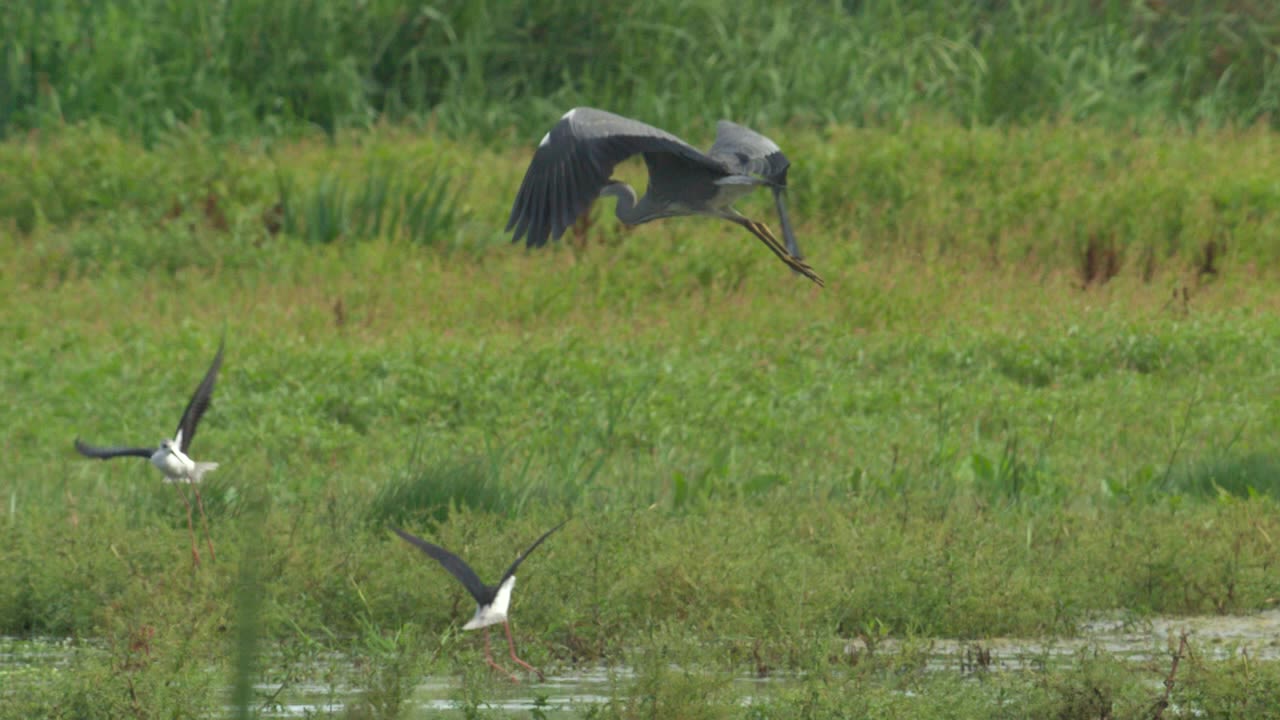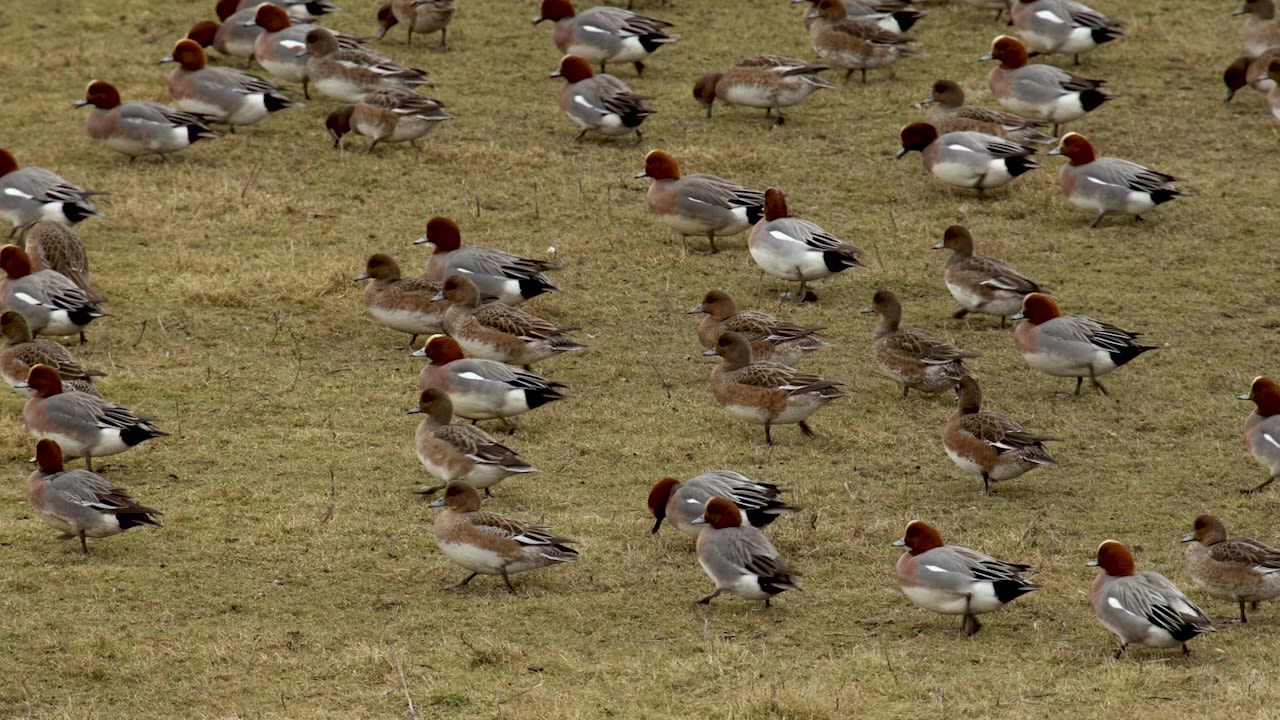12 interesting wetland bird behaviours to look out for
From dabbling to loafing, whiffling to quartering, our wetland birds display a fascinating array of behaviours.

There’s never a dull moment when you visit a wetland. They’re literally a hive of activity. But do you know what you’re watching? Each bird behaviour performs a specific role in the lives of our wetland birds.
We’ve pulled together some of the more interesting behaviours and looked in detail at what they mean. And because so much of a bird’s identity is tied up with how it acts, knowing their behaviour can make it quicker and easier to ID them.
So, take a look at these videos so next time you’re visiting a wetland, you’ll know what to look out for.

1. Dabbling and upending
This is a feeding behaviour used by birds to get to plants and insects near the surface.
You’ll see a duck, goose or swan riding high along the water, skimming the surface looking for food. It’ll then upend, rocking forwards with its bottom in the air.
Just look at these dabblers go as they hoover up tasty morsels.
2. Diving
Another feeding behaviour used to describe when a duck dives below the surface to find bits of vegetation, aquatic insects or even small fish and crustaceans.
Cute and talented...these young tufted ducks are fast learners and are already experts.


3. Snorkelling
A lot of birds that dive from the surface, like divers and grebes, will often duck their heads below the surface first to check for fish before diving to catch them.
This black throated diver is taking no chances.

4. Quartering
Look at the way this bird is methodically searching an area for prey by flying back and forth over it. This behaviour involves a mixture of flapping and gliding.
Nothing will escape the watchful eye of this quartering marsh harrier.

5. Preening
After sleeping and eating, preening is a bird’s most important activity. It describes the way a bird grooms itself to keep its feathers in tip top shape.
As well as cleaning feathers and rearranging the barbs, preening also uses oils to keep the feathers supple and water resistant.
You can see how this swan is using the tip of its bill to apply the oil from a preen gland near its tail.

6. Whiffling
A behaviour some birds perform when landing. It describes how a bird rapidly descends with a zig zagging, side-slipping motion to avoid avian predators.
Just look at these graceful beauties.

7. Mobbing
When smaller birds join forces to ward off and defend themselves against larger birds it’s called mobbing. It’s a bit like calling family members for help.
The best time to see mobbing is during spring and early summer, when breeding birds are trying to protect their nests and young.
There’s definitely strength in numbers for these feisty black-winged stilts.
8. Distraction display
Some nesting birds will deliberately attract the attention of an intruder to draw them away from a clutch of eggs. Some will even feign injury to get the predator’s attention.
Check out this Oscar worthy performance from a little ringed plover.


9. Flocking
You’ll see this when a group of birds comes together in large numbers in flight or to forage.
Flocking can offer safety from predators. It can also help birds stay warm at night and enable them to exchange information about good feeding sites.
For these hungry wigeon it’s definitely a case of safety in numbers.

10. Loafing
This is a collection of relaxed behaviours not specifically related to feeding, breeding or evading predators. It can include preening and resting.
These Eurasian teal have the art of relaxation down to a T.
11. Sunbathing
By adopting this posture, this heron is using the sun’s heat in two ways. First it helps the preen oil spread across the feathers. The heat also drives parasites out from within their plumage, making them easier to pick out.
Definitely a heron’s equivalent of ‘suns out, guns out’.


12. Skulking
The curse of many a bird watcher. Warblers and rails might pop out at the edge of a reed bed, or run across your view for only a few seconds, only to disappear and not show well again for a long time.
This water rail is proving to be a past master of the disappearing act.
One of the best places to see these bird behaviours for yourself is at your local wetland. WWT wetland centres offer some fantastic bird watching opportunities.

Our hides offer unparalleled views over some of the most wildlife rich wetlands in the UK. Plus, our ‘Guides in the Hides’ can help you with identifying different bird behaviours in-situ. And our friendly volunteers are always ready to help direct you to the best places to look for birds.
